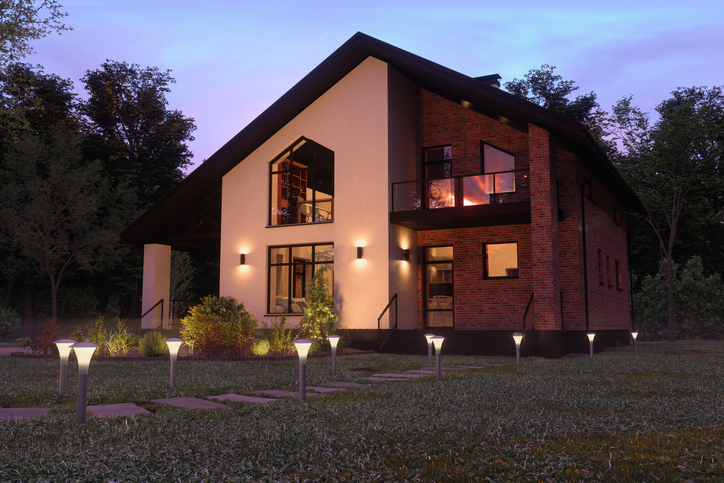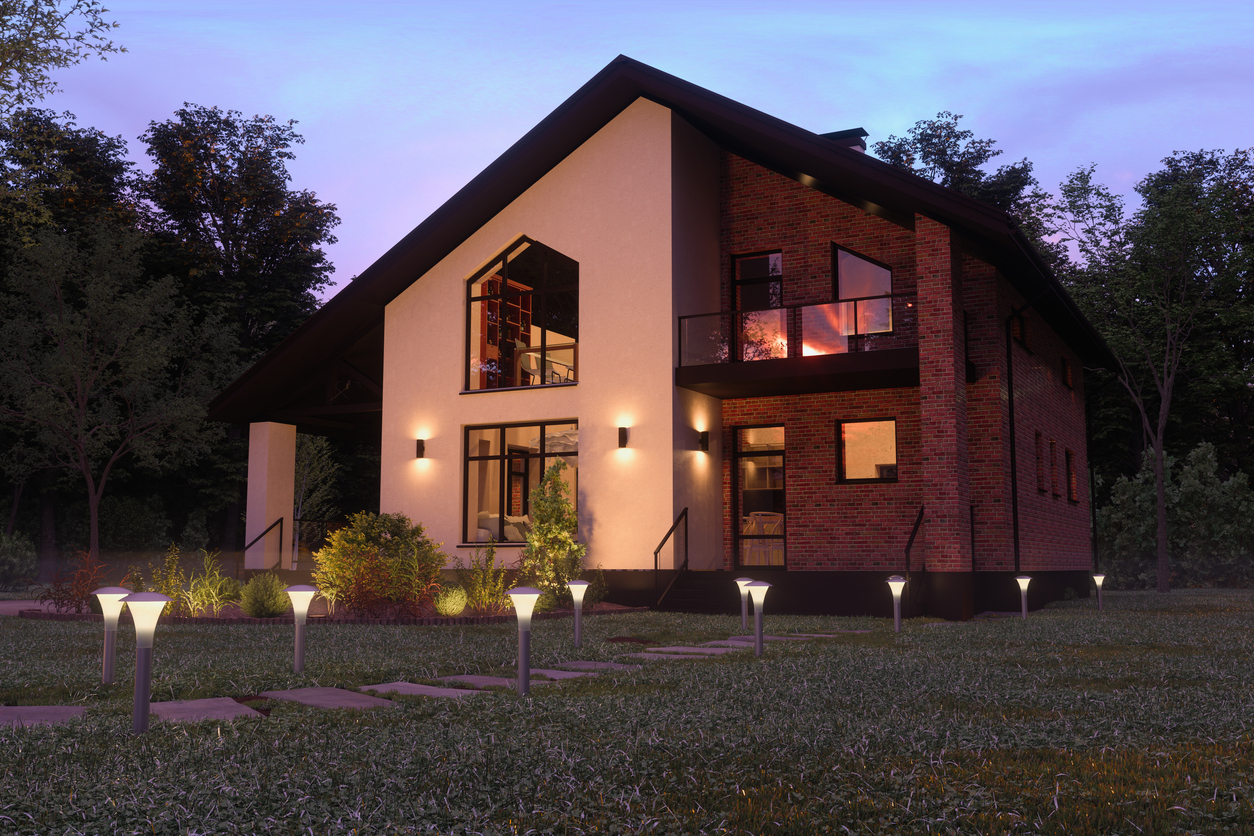
Windows are the unsung heroes of a house. They bathe interiors in natural light, offer refreshing ventilation, and frame the ever-changing scenery outdoors. But when it comes to replacing aging windows, questions surrounding the rough cost for new windows can quickly become a looming obstacle. Budgeting for new windows is crucial, and understanding the factors that influence the price tag is essential for informed decision-making.
This article dives into the ballpark figures for new windows in the US, exploring the variables that affect the final cost and providing resources to help you get a more accurate estimate. We’ll also delve into considerations beyond the initial price tag, helping you maximize the value you get from your window investment.
Before delving into the intricacies of new windows and their costs, it is important to note the importance of contacting and getting valuable advice from professionals in the sector. By comparing multiple quotes from different window installation companies, you can not only gather more information to make the best decision for your home, but also compare different prices and ultimately save money on your brand new windows.
Factors Affecting Window Prices
Several factors influence the price of new windows, and understanding these can help you navigate your budget and prioritize features. Here’s a breakdown of the key considerations:
Window Material
The material you choose for your window frame significantly impacts the cost. Common options include:
-
- Vinyl: The most budget-friendly option, vinyl windows offer good insulation and are relatively low maintenance.
- Wood: A timeless and elegant choice, wood windows provide excellent insulation but require more upkeep.
- Fiberglass: Combining the strength and low maintenance of vinyl with the aesthetics of wood, fiberglass windows offer a premium option.
- Aluminum: Durable and affordable, aluminum windows are a good choice for specific applications, but they offer less insulation compared to other materials.
Window Size and Style
Larger windows naturally cost more than smaller ones. Additionally, specialty window styles like casement, bay, or bow windows typically have a higher price tag compared to standard double-hung windows.
Glass Features
The type of glass you choose can significantly impact the cost. Options include:
-
- Double-paned glass: Provides standard insulation.
- Triple-paned glass: Offers superior energy efficiency but comes at a higher price.
- Low-emissivity (Low-E) glass: Reduces heat transfer, lowering energy bills.
- Tempered glass: Provides increased safety and impact resistance.
Brand and Installation
Window brands and the experience of your chosen installer can influence the final cost. Researching reputable brands and comparing quotes from qualified installers is vital. Moreover, as previously mentioned, the best way to get the best deal on your brand and installation costs is to compare quotes from multiple installers.
Estimated Window Costs in the US
Here’s a general idea of window replacement costs in the US, based on material and size:
- Vinyl: $200 – $500 per window (average)
- Wood: $400 – $1,200 per window (average)
- Fiberglass: $500 – $1,000 per window (average)
- Aluminum: $150 – $400 per window (average)
Remember, these are just rough estimates. The actual cost for your project can vary depending on the factors mentioned above, and may be more expensive due to unforeseen circumstances.
To stay informed on current developments at a more international scale and as a comparison tool, we highly recommend taking a look at this specialized article on the rough cost for new windows in the UK.
Getting a More Accurate Quote
For a more precise estimate tailored to your specific needs, consider the following steps:
- Measure your windows: Knowing the exact dimensions of your current windows is crucial for obtaining accurate quotes.
- Decide on your priorities: Do you prioritize aesthetics, energy efficiency, or budget? This will guide your material and feature selection.
- Get quotes from multiple installers: Compare quotes from several reputable window replacement companies in your area. Be sure to inquire about the specific materials, glass types, and installation details included in their estimates.
Maximizing the Value of Your Window Investment
While initial cost is an important factor, consider these additional elements to maximize the value you get from your window investment:
- Energy Efficiency: Windows play a significant role in a home’s energy consumption. Choosing energy-efficient windows with features like Low-E glass and proper insulation can lead to long-term savings on your energy bills.
- Warranty and Guarantees: Reputable window manufacturers and installers offer warranties and guarantees on their products and workmanship. Ensure you understand the coverage and terms before finalizing your purchase.
- Long-Term Maintenance: Different window materials require varying levels of maintenance. Consider the time and resources you’re willing to invest in upkeep when making your material selection.
- Increased Home Value: High-quality windows can significantly enhance a home’s curb appeal and resale value.
Conclusion
By understanding the factors influencing window replacement costs and utilizing the tips provided, you can make informed decisions when budgeting for your project. Remember, investing in high-quality windows goes beyond aesthetics. The right windows can improve energy efficiency, provide long-term value, and contribute to the overall comfort and enjoyment of your home.
































